The Vikings were known for their strength and physical prowess, but their training went beyond just building muscle. They used physical challenges as a way to build mental strength and toughness as well.
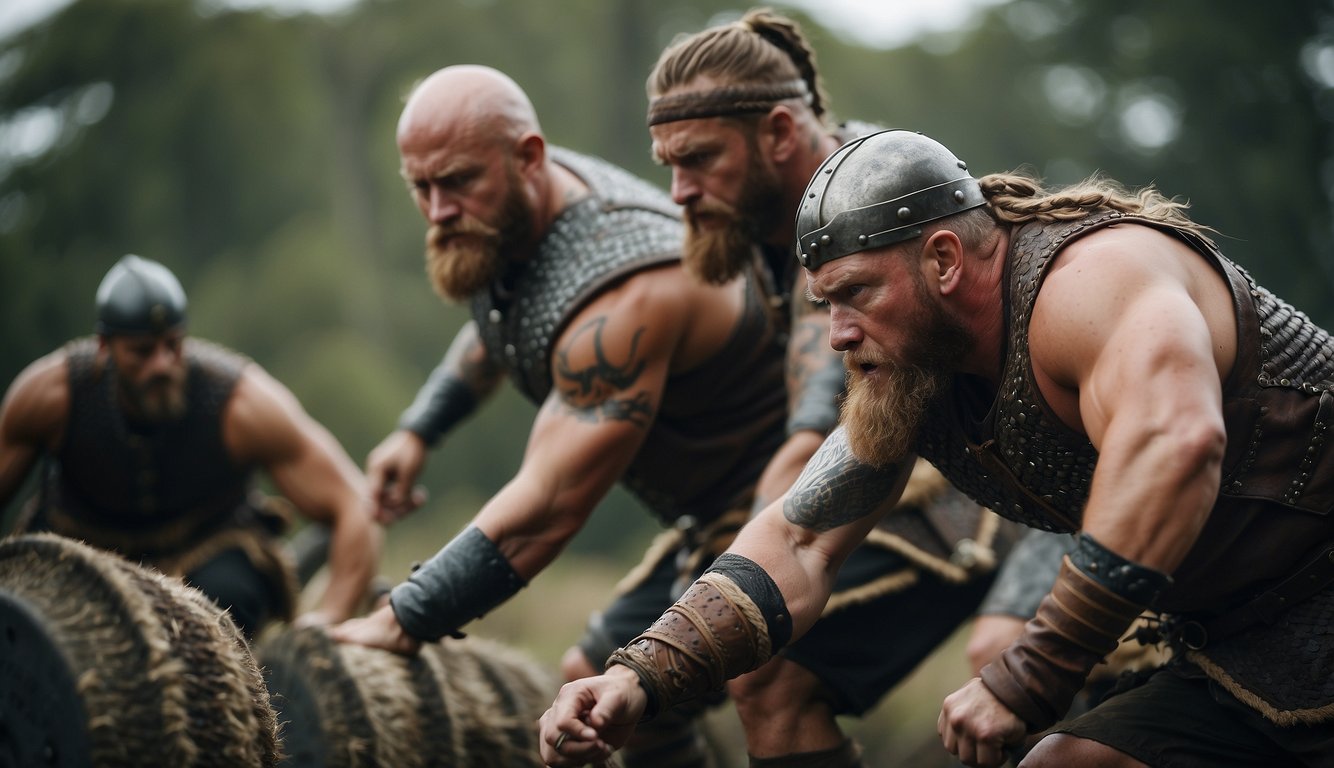
In Viking culture, physical strength was highly valued, but mental toughness was equally important. Vikings believed that a strong mind was necessary to overcome the challenges of battle and life in general.
They trained their minds through various methods, including meditation, visualization, and positive self-talk.
One way the Vikings built mental strength was through physical challenges. These challenges were designed to push their bodies to the limit and test their mental fortitude.
Some of the challenges included long-distance running, swimming in icy water, and carrying heavy loads for long distances.
By pushing themselves to the brink of exhaustion, the Vikings were able to develop mental toughness and resilience that helped them in battle and in life.
Viking Training and Physical Conditioning
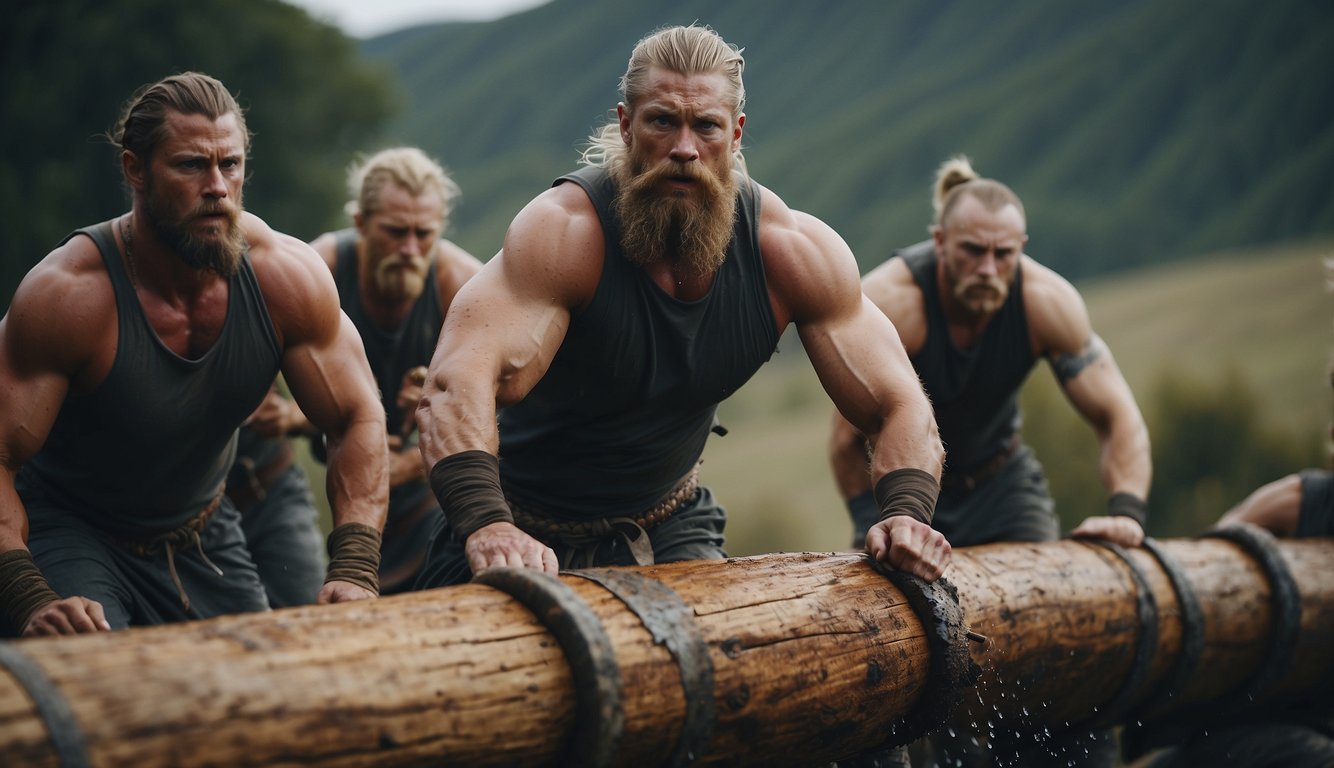
Rigorous Training Routines
Viking warriors were known for their exceptional physical strength and endurance, which they achieved through rigorous training routines.
These routines included a combination of strength training, endurance training, and skill-building exercises.
The Vikings would often engage in activities such as rowing, running, swimming, hunting, and fishing, which helped them build both physical and mental toughness.
Viking warriors were trained to be versatile and adaptable, which meant that they had to be skilled in a wide range of physical activities.
They would often practice with weapons such as swords, axes, spears, and shields, which helped them develop their combat skills.
They would also engage in wrestling and martial arts, which helped them build their strength and endurance.
Diet and Nutrition
In addition to rigorous training routines, the Vikings also followed a strict diet and nutrition plan to ensure that they were in peak physical condition.
Their diet was high in protein and fat, which helped them build muscle and maintain their energy levels during long battles and raids.
The Vikings would often consume meat, fish, and dairy products, which were rich in protein and fat.
They would also consume fruits and vegetables, which provided them with essential vitamins and minerals.
The Vikings believed that a healthy diet was essential for building physical strength and mental toughness.
Sports and Games
The Vikings also engaged in a variety of sports and games, which helped them build their physical and mental strength.
These competitions were a test of many of the attributes that Viking people held to be important, such as strength, endurance, and agility.
The Vikings would often engage in sports such as wrestling, archery, and horseback riding, which helped them build their strength and agility.
They would also play board games such as Hnefatafl, which helped them develop their strategic thinking skills.
Psychological Resilience in Viking Society
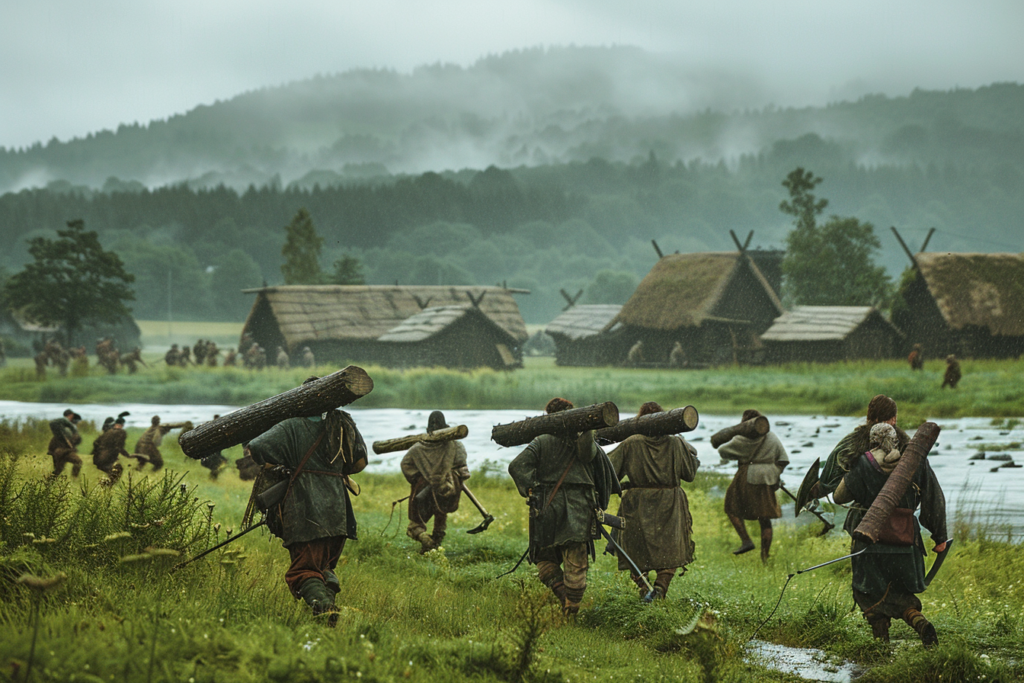
The Vikings were known for their physical prowess, but their mental fortitude was equally important in their society. Psychological resilience was highly valued, and it was cultivated through various means.
This section explores the cultural significance of mental fortitude in Viking society, the role of Norse mythology in shaping their mindset, and the challenges and expeditions that helped them develop their mental strength.
Cultural Significance of Mental Fortitude
In Viking society, mental strength was highly respected and valued. Fearlessness, courage, and resilience were qualities that were admired and sought after.
These qualities were essential for survival in a society where raiding and expeditions were common, and where one’s success often depended on their ability to overcome challenges and face adversity.
Role of Norse Mythology
Norse mythology played a significant role in shaping the Viking mindset. The gods and goddesses were seen as powerful figures who embodied the qualities that the Vikings admired.
Odin, the god of war and wisdom, was highly respected for his bravery and commitment to victory. Valhalla, the afterlife reserved for warriors who died in battle, was an important concept that reinforced the idea of bravery and sacrifice.
Challenges and Expeditions
The Vikings faced many challenges and expeditions that helped them develop their mental strength.
Raiding was a common practice, and it required a great deal of courage, commitment, and dedication.
The Vikings also undertook expeditions to explore new territories and establish new trade routes.
These expeditions were often perilous, and they required a great deal of trust and cooperation among the crew members.
Combat and Weaponry Proficiency
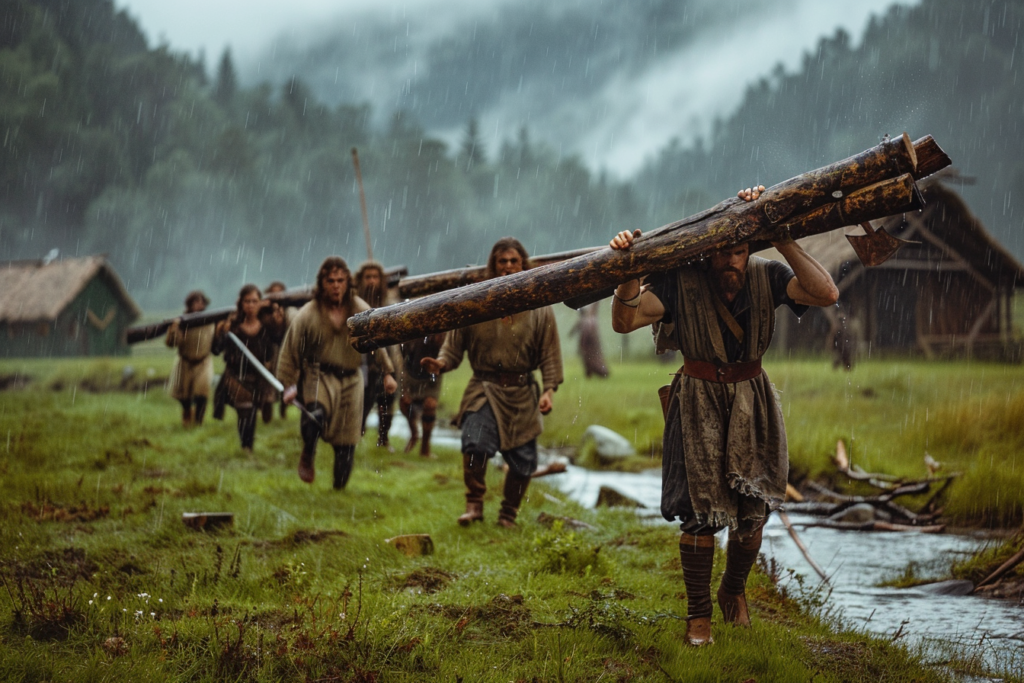
The Vikings were known for their exceptional combat and weaponry proficiency, which they achieved through rigorous physical training and mental preparation. This section will examine how the Vikings mastered the art of warfare and developed their tactical and strategic skills.
Mastery of Arms
The Vikings were skilled in the use of a variety of weapons, including swords, axes, spears, and shields.
They were trained to use these weapons with precision and efficiency, making them formidable opponents on the battlefield.
Viking warriors were also known for their physical strength and endurance, which allowed them to wield heavy weapons with ease.
Viking swords were typically made of high-quality iron and were designed for both cutting and thrusting.
Viking axes, on the other hand, were designed for chopping and hacking, making them ideal for close combat.
Viking shields were also an important part of their arsenal, providing protection against enemy attacks and allowing them to advance on the battlefield.
Tactical and Strategic Skills
In addition to their mastery of arms, the Vikings were also highly skilled in the art of war. They were known for their tactical and strategic abilities, which allowed them to outmaneuver and outwit their opponents.
Viking warriors were trained to work together as a cohesive unit. They used their individual skills to complement each other and achieve victory.
Viking leaders were also skilled in the art of strategy. They used their knowledge of the terrain and their opponents to gain the upper hand. They were adept at using surprise attacks and ambushes to catch their enemies off guard. They were not afraid to retreat when necessary to regroup and plan their next move.
Overall, the Vikings’ combat and weaponry proficiency, combined with their tactical and strategic skills, made them a formidable force on the battlefield. Their physical and mental preparation allowed them to face any challenge with confidence and determination, making them one of the most elite warrior cultures in history.

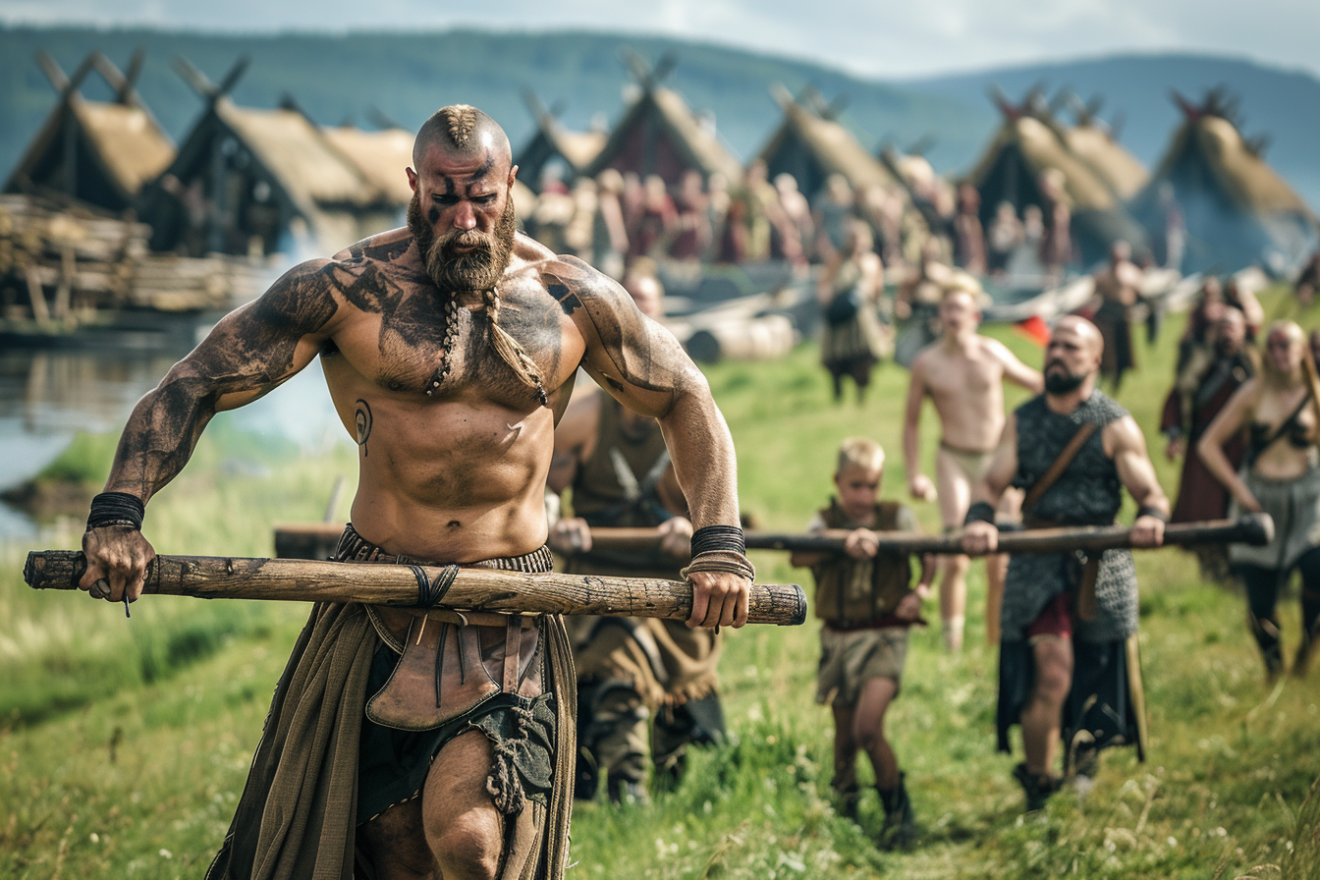
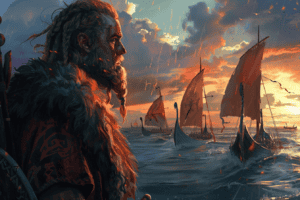
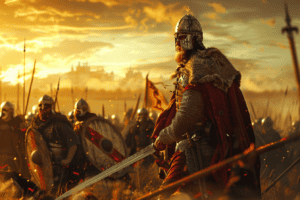
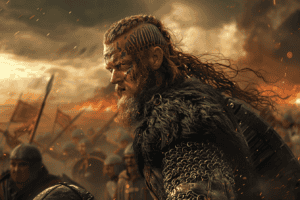





Add Comment